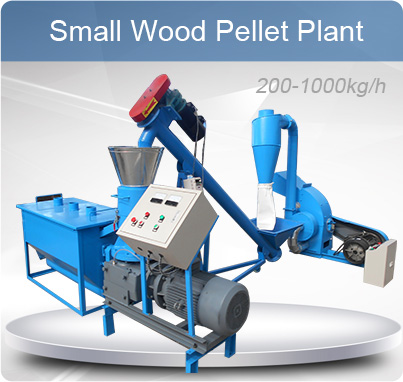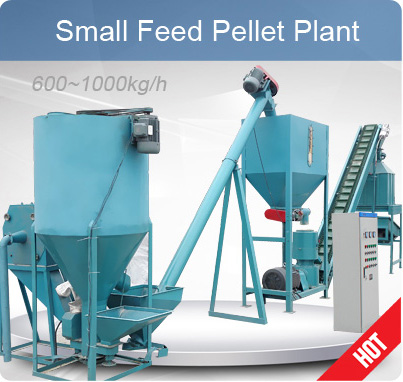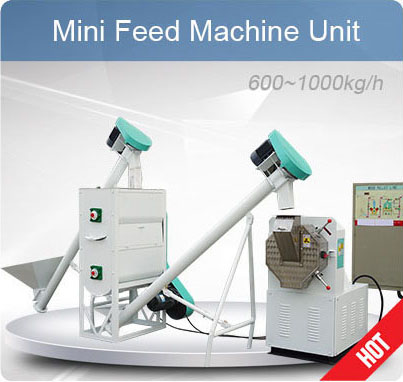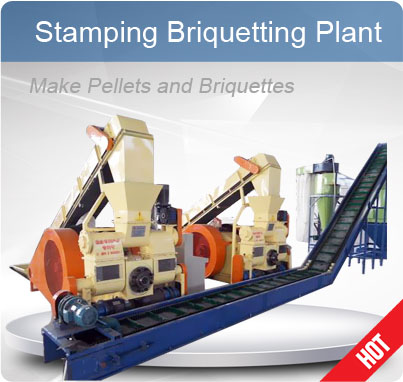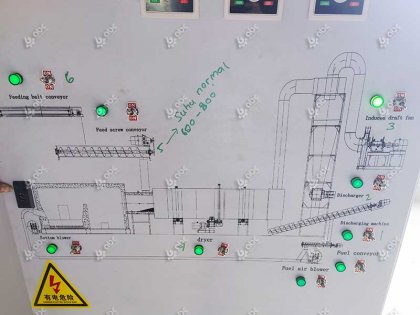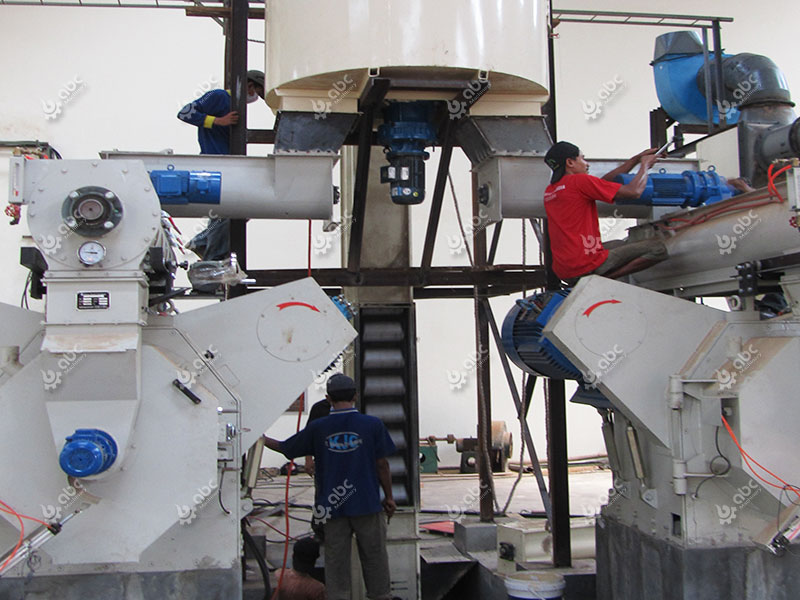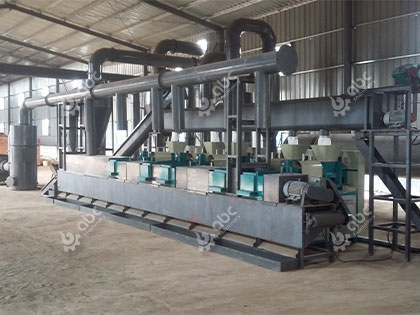RDF Process Optimization: Key Equipment for Enhanced Fuel Line Performance
The RDF (Refuse Derived Fuel) process plays a crucial role in optimizing fuel line performance within industrial settings. By transforming waste into usable fuel, RDF helps reduce environmental impact and improves fuel efficiency. The process relies heavily on the appropriate selection and optimization of key equipment, which significantly affects the overall productivity and sustainability of the operation.
Key equipment used in RDF pellet production includes shredders, dryers, pellet mills, and extruders, each performing distinct functions that contribute to the quality and efficiency of the final product. Optimizing these machines can lead to higher throughput, better fuel consistency, and reduced operational costs.
RDF Pellet Production Equipment
RDF pellet production involves several critical machines that perform vital tasks at various stages of the process. Shredders and crushers are essential in reducing waste to a uniform size, while dryers ensure the raw material achieves the necessary moisture content for pelletization. The pellet mills and extruders are where the magic happens, as they compact and form the pellets, turning them into a high-energy fuel product.
Optimizing these pieces of equipment requires careful consideration of several factors, including throughput capacity, energy consumption, and durability. Choosing the right machine configuration, ensuring proper maintenance schedules, and integrating automation into the process are all essential for maximizing efficiency and performance.
- Shredders: Reduce waste material to a uniform size for easier processing.
- Dryers: Control moisture content to ensure consistent pellet quality.
- Pellet Mills and Extruders: Form and compact the pellets to create high-efficiency fuel.
By selecting the right RDF equipment and optimizing its configuration, companies can enhance their fuel line performance and reduce operational costs.
Core Functions and Technical Requirements of RDF Pellet Extrusion Equipment
The RDF pellet extrusion machine plays a central role in shaping the raw material into uniform pellets, which can then be used as fuel. To ensure maximum efficiency, the equipment must meet specific technical requirements. Key factors include extrusion pressure, temperature control, and die design. These parameters directly impact the pellet’s size, density, and energy content, which are crucial for their performance as a fuel source.
In addition to the technical specifications, manufacturers must also consider the ease of maintenance and energy consumption. For example, machines with lower energy consumption are more cost-effective in the long run, while those with easier access to key components reduce downtime during maintenance.
Key Technical Features of RDF Pellet Extrusion Machines
- Extrusion Pressure: Determines the density and durability of the pellets.
- Temperature Control: Ensures the pellets are formed under the optimal conditions for strength and efficiency.
- Die Design: Affects the pellet shape and size, which influences the combustion characteristics.
Understanding the technical requirements of RDF extrusion equipment is crucial for improving both the fuel quality and operational performance of the plant.
How to Choose the Right RDF Equipment for Production Needs
Choosing the appropriate RDF equipment is critical for meeting production goals. Several factors must be considered when selecting the right machinery, including the scale of production, type of waste materials, and required fuel quality. Larger facilities with higher throughput demands may require more advanced equipment, such as high-capacity extruders or automated systems that reduce manual labor and optimize material flow.
Moreover, the type of waste material being processed will also influence equipment selection. For example, materials with higher moisture content may require additional drying capacity, while waste with higher metal content may need specialized shredders to avoid damage to the equipment.
Key Considerations for Equipment Selection:
- Production Scale: Choose equipment that meets your throughput requirements.
- Material Type: Different waste types may require specific machines for optimal processing.
- Fuel Quality: Select equipment that ensures consistent pellet quality for fuel efficiency.
Contact us today to get personalized recommendations on the best RDF equipment for your production needs and optimize your fuel line performance.
Maintenance and Optimization Strategies for RDF Equipment
Maintaining RDF equipment is essential for ensuring long-term efficiency and preventing costly downtime. Regular inspection, cleaning, and component replacement are crucial to keep machinery running smoothly. Additionally, proactive maintenance strategies, such as predictive maintenance using IoT sensors, can help identify potential issues before they cause a failure.
Optimizing equipment also involves ongoing adjustments to operational parameters, such as temperature and pressure settings, based on real-time performance data. By continually fine-tuning the process, manufacturers can ensure that their RDF systems are operating at peak efficiency, maximizing both fuel production and energy savings.
- Routine Maintenance: Regular checks to prevent wear and tear.
- Predictive Maintenance: Using sensors to predict and prevent failures.
- Operational Adjustments: Fine-tuning machine settings for optimal performance.
Let us help you maintain and optimize your RDF equipment for sustained high performance. Contact us now for more information.




